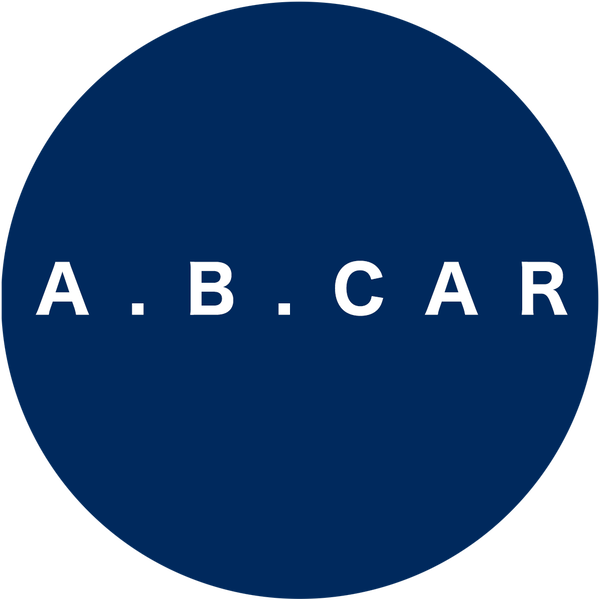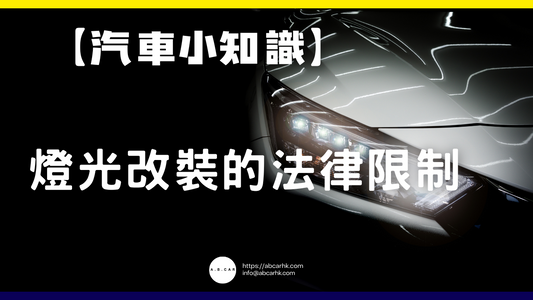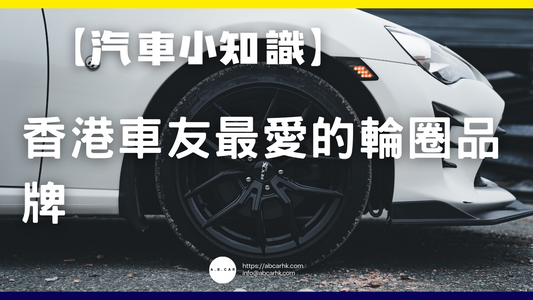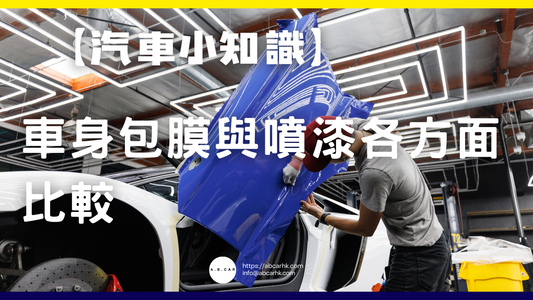[Road Trivia] What is the function of the "yellow boxes" on Hong Kong roads?

🚦Editor's in-depth analysis: What are the "yellow boxes" on Hong Kong roads used for?
Have you ever noticed that on Hong Kong streets, especially at intersections, junctions, and even at the exits of some large car parks, you often see yellow boxes with interlaced straight and diagonal lines forming a grid pattern ? These are commonly known as "yellow boxes," but the official name is "Yellow Box Junction."
Some drivers may be wondering, "Does a yellow box mean you can't stop there? Is it illegal to stop at a red light? What's the actual purpose of a yellow box?" Today, we'll answer these questions one by one to help you clear up any confusion!
1. Huang Gekai's design and appearance
The yellow grid is drawn with solid yellow lines to form a large rectangle , and then yellow diagonal lines are used inside to form a "well" pattern. It is usually printed in the middle of the road, especially at intersections, exits, or near intersections.
The purpose is to clearly remind drivers that this area has special regulations and they are not allowed to park randomly or block the road.
2. Legal provisions of Huangge
According to the Hong Kong law "Road Traffic (Traffic Control) Regulations" (Cap. 374G) , the yellow box area is a type of "no parking zone", but the biggest difference from the ordinary double yellow line or single yellow line is that if it is not a yellow box, you cannot enter at all, but you cannot block the road .
Specifically, the law stipulates:
- No vehicle may stop in a yellow box due to a traffic jam ahead . In other words, if you see a traffic jam ahead, do not force your way into a yellow box, as this will block vehicles from crossing in other directions.
- There is only one exception : if you plan to turn right and there is enough space in the yellow square in front of you to stop and wait until the opposite line is safe to turn right, then you can stay in the yellow square temporarily.
Examples of law enforcement
If you are going straight (or turning left) and enter a yellow box but there is no space ahead, and you end up getting stuck inside the box, you may be ticketed by the police or Transport Department staff, and the fine can be up to HK$2,000 !
3. The actual function of Huangge
1. Ensure smooth traffic flow at intersections to avoid gridlock
Many roads in Hong Kong are very busy. If there are no yellow boxes, cars will squeeze into the intersection one after another when the light is red, resulting in a blockage of the intersection. Cross-traffic (people who want to cross the road when the light is green) cannot cross, causing traffic jams on both sides of the road.
The purpose of the yellow grid is to remind drivers not to rush into the intersection too fast, to ensure that the intersection is not blocked by vehicles , and that vehicles passing sideways can pass smoothly when the light turns green.
2. Improve intersection safety
Because parking is prohibited in yellow grid areas, pedestrians crossing the road, buses passing through intersections, and emergency vehicles driving will be safer and less likely to cause collisions or accidents.
3. Keep traffic flowing smoothly and reduce traffic jams
In the long run, yellow boxes help break the vicious cycle of traffic congestion . Without them, people would squeeze into any narrow space, leaving no one waiting even when the light turns green. The yellow box design encourages people to "follow the rules," preventing them from pushing forward recklessly and keeping traffic flowing smoothly at the intersection.
4. Convenient emergency service access
Yellow grids will be marked at the entrances and exits of hospitals, fire stations, and police stations to ensure that emergency vehicles can leave safely at any time without being blocked by randomly parked vehicles.
4. Common Misunderstandings
1. "Is parking prohibited in yellow zones?"
No! If traffic conditions require you to stop temporarily (e.g., to wait for oncoming traffic to pass before turning right), you can stop. But you can't just stop in a yellow box because there's no space ahead!
2. "Should I stop at a red light with an amber box?"
If you have entered a yellow box, do not reverse or cross the road suddenly; but if you have not entered yet, wait until there is a car in front of you before entering. Do not get stuck in the middle of a box to catch the light.
3. "It's okay if I just stop for a while?"
As long as you stay in a yellow box due to a traffic jam ahead, the police have the right to issue you a ticket, no matter how long you stay!
5. Common yellow square positions in Hong Kong
- Major intersections and interchanges
- Entrances and exits of schools, hospitals, fire stations, and police stations
- Exits of large parking lots (such as shopping malls and housing estates)
6. Editor's Tip: The Correct Way to Drive in the Yellow Grid Zone
- When you see a yellow square ahead, remember to check whether there is enough space for you to pass through it in one go.
- Don't force your way into the yellow box just to grab the light.
- If you need to turn right, enter the yellow box only when it is safe and there is space.
- If you get stuck, stay calm and avoid reversing or changing lanes to avoid greater danger.
VII. Summary
Yellow grids are a crucial detail in Hong Kong's traffic design, designed to prevent congestion at intersections, maintain smooth traffic flow, and enhance safety . Don't miss these "grids." This small feature can help Hong Kong residents save time in traffic jams and make travel smoother for everyone!
If you have any other questions about Hong Kong road signs and traffic regulations, please leave a message and I'll share more interesting facts with you! 🚗💨



